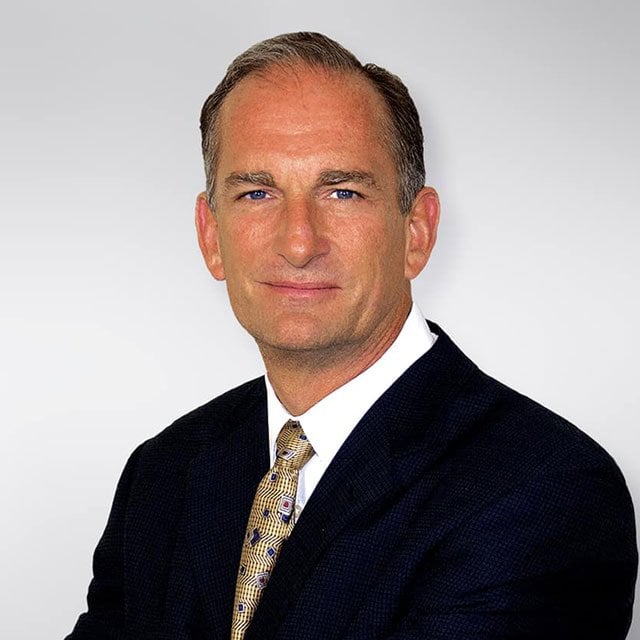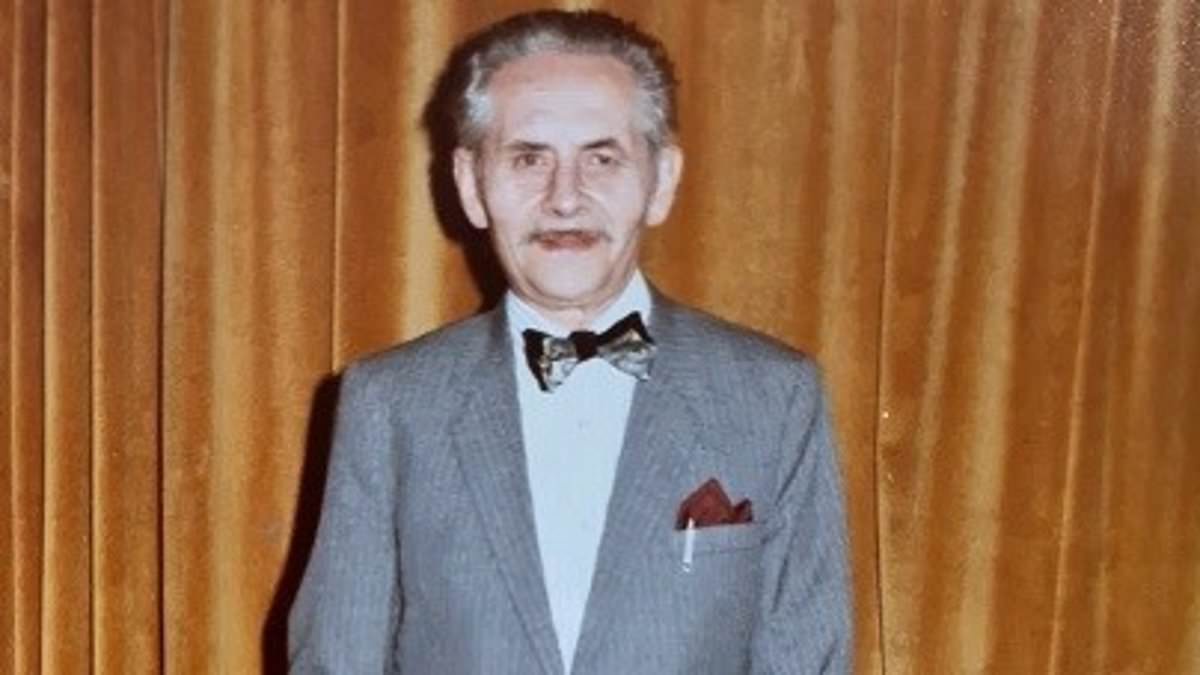[ad_1]
To David Scranton, CEO of Sound Income Group, “the real magic” is “the ability to get competitive returns with less risk.”
Scranton, in an interview with ThinkAdvisor, argues that “adding a little bit of the riskier assets to a conservative portfolio can help increase your returns but lower your volatility and risk.”
That’s been Scranton’s unusual income-generating strategy for about 25 years. When he switched from a growth approach, the advisor saw his business “explode,” increasing “10-fold in about six years,” he says.
Scranton, a 2023 ThinkAdvisor LUMINARIES award finalist in Executive Leadership, focuses on boosting income with higher-dividend equity strategies and bond-like investments.
That way, he’s able to offer “institutional-style money management” to his target clients, “mom and pop” investors, as he puts it, who have, perhaps, about $100,000 of investable assets.
Scranton, who hosts a radio show syndicated in 40-plus states and has been in the industry since 1987, has four businesses, with assets under management totaling $2.5 billion. Sound Income Group includes his own longtime practice, Scranton Financial Group, in Old Saybrook, Connecticut, and three companies that support other independent financial advisors with marketing, coaching, practice management, investment services and franchise opportunities.
In the recent phone interview from Fort Lauderdale, Florida, where his group is based, Stanton says is dedicated to helping “average” folks and is especially eager to advise baby boomers, who are “more afraid of financial death – running out of money – than physical death.”
Here are highlights of our interview:
THINKADVISOR: What’s your investment strategy?
Income permeates everything we do. It’s our overall theme.
If you’re in the stock market, it’s higher-dividend equity strategies.
We also do a lot of bonds and preferreds, and real estate investment trusts.
If you go from stocks to bonds, it lowers your risk. If you go from growth stocks to high-dividend stocks, it lowers your risk.
So income helps lower your volatility, but it doesn’t necessarily mean a reduced return.
That’s the real magic: the ability to get competitive returns with less risk.
How does that happen?
There’s a point where adding a little bit of the riskier assets to a conservative portfolio can actually help increase your return but lower your volatility and risk.
My theory, going back 25 years, being a specialist in bonds, was that if I added bond-like equities to a bond portfolio, it would have the same result as adding regular equities and increase my return [via] risk.
And that’s exactly what we’ve proven to work successfully for clients.
When I talk about bond-like equities or bond-like stocks, I mean business development companies and REITs. They’re bond-like stocks because of what’s in them.
By adding a little bit of that to a portfolio of bonds and preferreds, we can actually increase the return – the income payment – and decrease the risk.
What’s the main benefit for advisors?
Baby boomers need more income, but the majority of financial advisors are growth-based and don’t focus on income. Most of them are focusing on total return irrespective of whether it comes from growth or income.
But baby boomers are getting older and older, and recent studies have shown that they’re more afraid of financial death — running out of money — than physical death.
Why aren’t more advisors using your strategy?
These stocks are harder to pick than growth stocks. As a result, most advisors don’t go near high-dividend common stocks or bond-like instruments because they’re harder to research.
Is your strategy only for high-net-worth people?
No, the biggest thing about it is that we take institutional-style money management and bring it down to mom and pop. If you have $100,000 to invest, we’ll invest it as if you were a $5 million or $10 million net-worth client.
I want to help the average person that really needs it. That’s our mission.
Please elaborate on the “institutional-stye money management” aspect.
We’ve taken active management of individual securities — high-dividend stocks and individual bonds and bond-like instruments — down for mom and pop [to invest in].
The average investor with a little over $100,000 will work with us indirectly through one of our advisors.
Baby boomers, who have saved little for retirement, really are in need of retirement income. Aren’t they?
And Generation X isn’t in any better position; they might be in a worse position. So this need is going to last.
Our whole approach is: If you’re living off interest and dividends and not touching your principal, then you won’t run out of money. That’s the only way to feel confident that you’re going to have [enough].
You didn’t always use this strategy, though. Tell me why you switched to it.
In the late ‘80s and ‘90s I was pretty much of a growth investor. But in 1999, when I started to get concerned about the market — price/earnings ratios were 40 across the entire market, even over 100 in some tech stocks, I knew this wasn’t going to last forever — that the bubble would burst and that when it did, [the market] would take a while to get better.
So I thought, “I’ve got to do something different.” And I had the courage to make a transition.
I switched my model to being more income based with bonds and bond-like instruments. I wasn’t [focusing on] high-dividend stocks till about 10 years ago.
What was the result of your switch?
My business exploded. In Connecticut, people were coming from all over to find out what I was doing.
They were saying, “If you want growth, go to Morgan Stanley, Merrill Lynch and all those other places. But if you want income, Scranton is the only guy doing it.”
My business literally went up 10-fold in about six years, and it was because I had a unique model.
It’s still a unique model for any of our advisors who are willing to embrace it.
Apart from the difficulty in picking the types of securities you use, why wouldn’t they embrace it?
To become a specialist in something, you have to have the courage to turn away investors that aren’t a good fit for your specialty, and most advisors don’t have the courage to do that.
They lose their conviction in being a specialist. That’s why most advisors today are stuck being generalists.
[ad_2]
Source link



